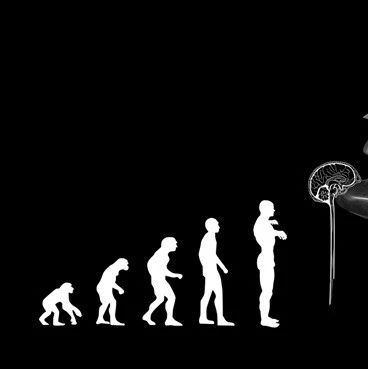导读:本月《自然—神经科学》上的一项研究表明,人大脑视觉皮层针对明亮图像所作出的反应并不依据图像的实际大小,而是依据人对图像的“残影”所感知到的大小。这或许可以解释为什么即使较远处的物体在我们眼里看来是那么小,但我们依然能感知出物体的实际大小。

人如果长时间注视一个明亮图像,大脑会产生图像残影,其大小是变化而不明确的。大脑视觉皮层相应活动的程度则依赖于这种残影的感知大小,而非投射到视网膜上的实际大小。
如果你凝视一个光线暗淡的灯泡十秒钟,然后将视线转移到墙或天花板上,你有可能看到灯泡的残影,而残影的大小取决于墙壁或天花板离你的位置:距离越远,残影越大。而这和灯泡本身大小以及灯光投射到你眼睛视网膜上的大小均无关。
Mel Goodale和同事让志愿者看到各种远近不同、大小不一的残影,然后利用功能磁共振成像技术追踪他们的大脑活动。他们发现当感知到的残影越大时,人大脑初级视觉皮层(V1)所反映出的图像也越大——即使该图像投射在视网膜上的大小未发生变化。

Retinotopic activity in V1 reflects the perceived and not the retinal size of an afterimag
Irene Sperandio, Philippe A Chouinard & Melvyn A Goodale
An afterimage looks larger when one fixates on a distant than on a closer surface. We show that the retinotopic activity in the primary visual cortex (V1) associated with viewing an afterimage is modulated by perceived size, even when the size of the retinal image remains constant. This suggests that V1 has an important role in size constancy when the viewing distance of the stimulus changes.
文献链接:https://www.nature.com/neuro/journal/v15/n4/full/nn.3069.html








